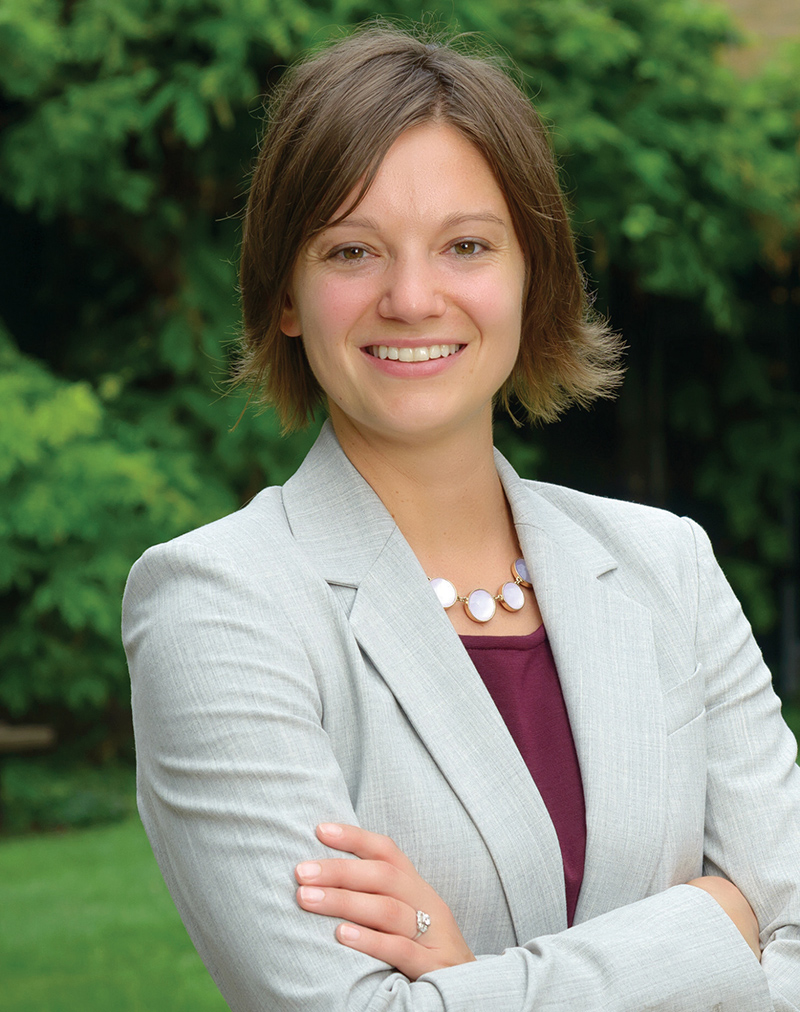lens
Cycles of Trauma
The ongoing tragedy of children exposed to violence

Laura Voith
Gun violence is the leading cause of death among children in the United States—a trend that's only worsened since the start of the COVID-19 pandemic. But what are the lives like of children who are shot—and live?
Case Western Reserve researchers recently studied hospital records of 72 children who were victims of gun violence. They were, on average, 13 years old and had experienced roughly seven traumatic events before they even arrived at the hospital with a bullet that had ripped into their bodies.
That's according to Laura Voith, PhD, an associate professor at CWRU's Jack, Joseph and Morton Mandel School of Applied Social Sciences, who led the research recently published in Academic Emergency Medicine.
Such traumatic events included recurrent physical, emotional or sexual abuse; alcohol or drug use in the home; and having a family member incarcerated.
"Adverse experiences don't determine outcomes," said Voith, an expert on violence prevention and intervention. "But our research shows that children who experience the worst outcomes—violent injury and even death—are often born prematurely, born into poverty, are chronically absent from school in the year before their injury and involved with the juvenile court system."
Because Black children from low-income households shoulder a disproportionate burden of gun violence, Voith and her fellow researchers focused on them. Her ultimate aim is to help kids thrive.
"We need to focus on interventions that have a trauma- informed approach, in which the clinician is the key," she said. "I am talking about the social workers at the bedside."
Voith co-authored several studies in the past year, examining the impact of both exposure and intervention programs. One study, for example, focused on the need for improved engagement with children while they're still recovering in the hospital.
She said the best way to "break the cycle" is to reach the children at an earlier age and before they are shot, when intervention "can make a profound difference." That includes addressing social determinants of health—needs such as housing and safety—and promoting healthy and supportive relationships using trauma-informed care.
"The goal," she said, "is to work with practitioners, teachers and social workers to think about what we have learned to give these kids the best chance to thrive and live a full life."
WHERE INTERVENTION MAKES A DIFFERENCE

IMAGE: LEO ACADIA / THEISPOT
In the recent research, 53.4% of youth who had been shot were on the radar of the child-welfare system around age 4 because of possible abuse or neglect. And 22.4% were on public assistance before age 6.
"If we focus violence-intervention resources on kids at early ages in public school with histories of public assistance or child-welfare involvement," Laura Voith said, "there is potential to have a much bigger impact on breaking the cycle of violence for youth in our Cleveland community."
— COLIN MCEWEN





